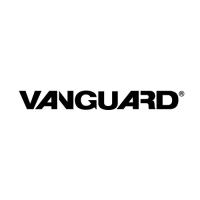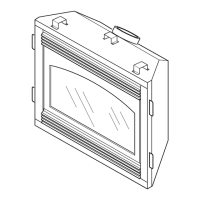Save this manual for future reference.
OWNER’S OPERATION AND INSTALLATION MANUAL
VENT-FREE PROPANE/LP GAS
COMPACT CLASSIC HEARTH
FIREPLACE
®
14,000 to 26,000 Btu/Hr
with Thermostat
®
Shown with Optional
Cabinet Mantel/Hearth
Base Accessory
VMH26TP
This appliance may be installed in an aftermarket* manufactured (mobile) home, where not prohibited
by state or local codes.
*Aftermarket: Completion of sale, not for purpose of resale, from the manufacturer. (I.E. Installation of this product is
permitted after the manufactured (mobile) home is sited)
This appliance is only for use with the type of gas indicated on the rating plate.
This appliance is not convertible for use with other gases.
WARNING: If the information in this manual is not fol-
lowed exactly, a fire or explosion may result causing
property damage, personal injury, or loss of life.
— Do not store or use gasoline or other flammable
vapors and liquids in the vicinity of this or any other
appliance.
— WHAT TO DO IF YOU SMELL GAS
• Do not try to light any appliance.
• Do not touch any electrical switch; do not use any
phone in your building.
• Immediately call your gas supplier from a
neighbor’s phone. Follow the gas supplier’s in-
structions.
• If you cannot reach your gas supplier, call the fire
department.
— Installation and service must be performed by a quali-
fied installer, service agency, or the gas supplier.
WARNING: Improper installation,
adjustment, alteration, service, or
maintenance can cause injury or
property damage. Refer to this
manual for correct installation and
operational procedures. For as-
sistance or additional information
consult a qualified installer, ser-
vice agency, or the gas supplier.
WARNING: This is an unvented
gas-fired heater. It uses air (oxy-
gen) from the room in which it is
installed. Provisions for adequate
combustion and ventilation air
must be provided. Refer to Air for
Combustion and Ventilation sec-
tion on page 6 of this manual.



